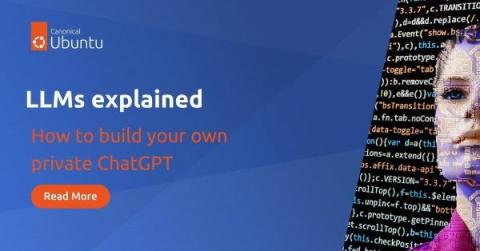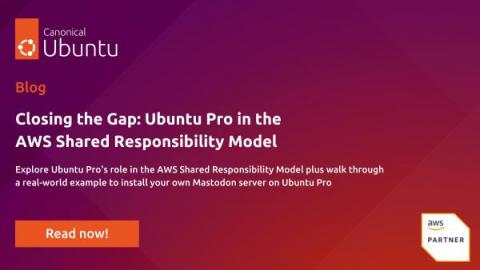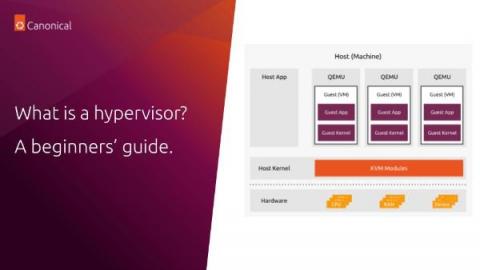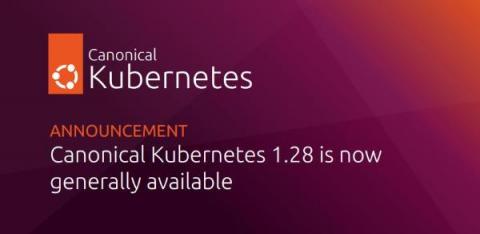Get familiar with "Rusty" kernel programming in Ubuntu Lunar Lobster
The Linux kernel has recently introduced the Rust programming language as an alternative to C for creating kernel modules. Rust is a strongly, statically typed programming language with a focus on memory safety features which produces extremely compact executable code. These properties, paired with its good tooling, make Rust a natural choice for creating many types of kernel modules, including device drivers, network protocols and filesystems.











